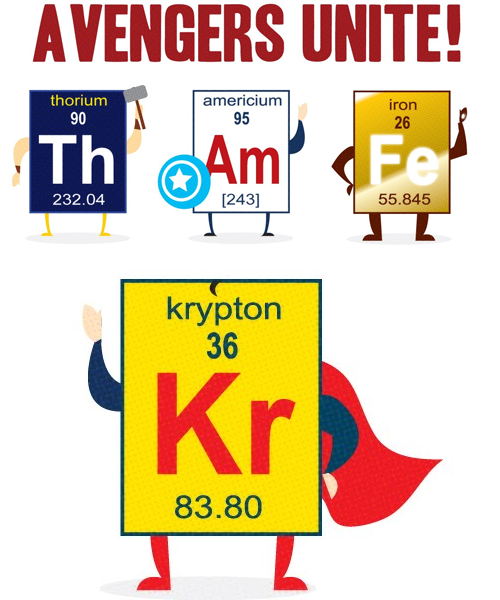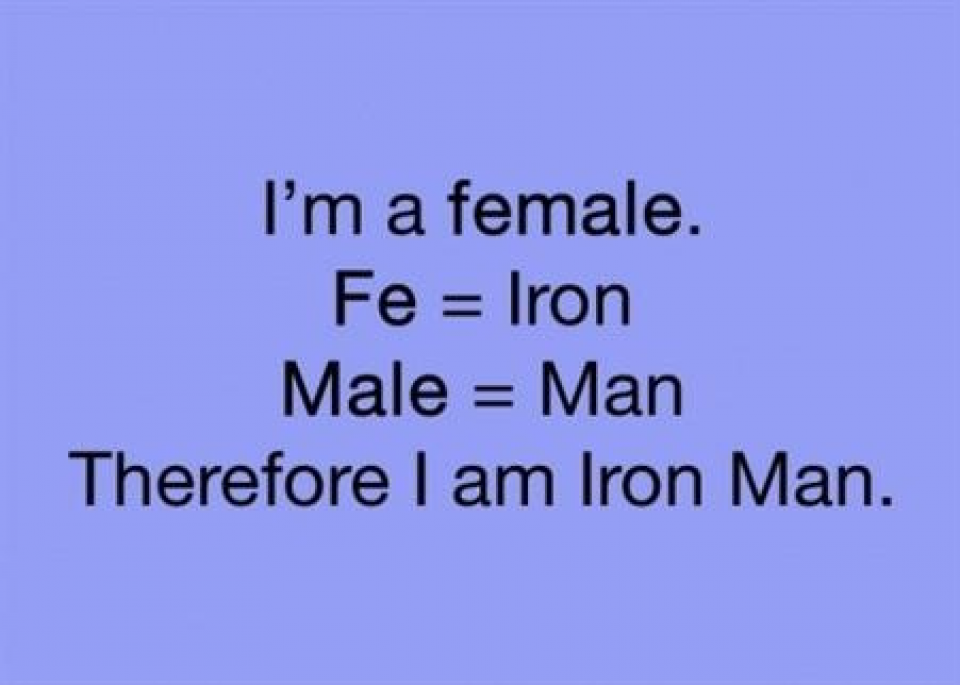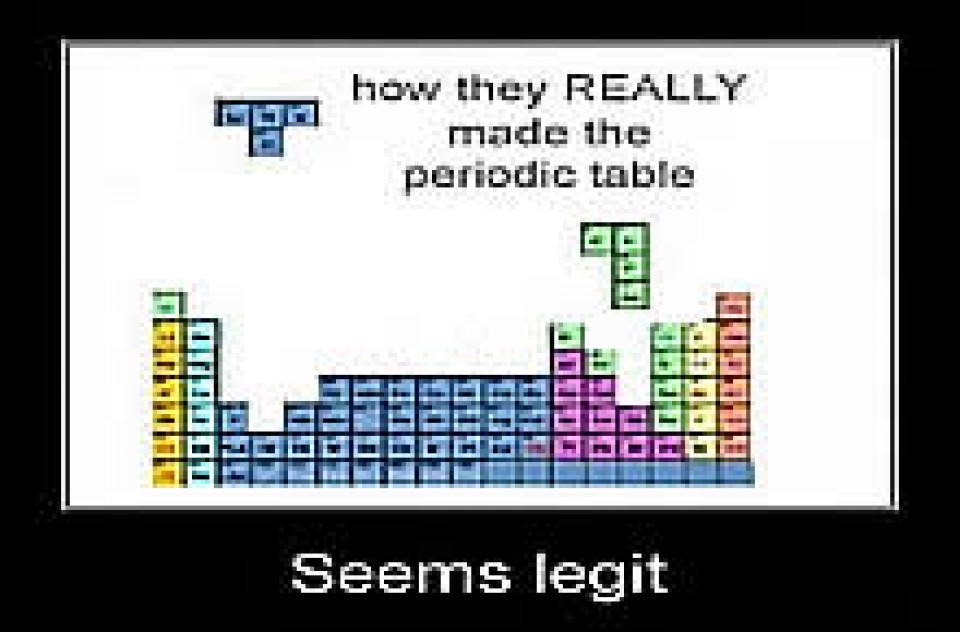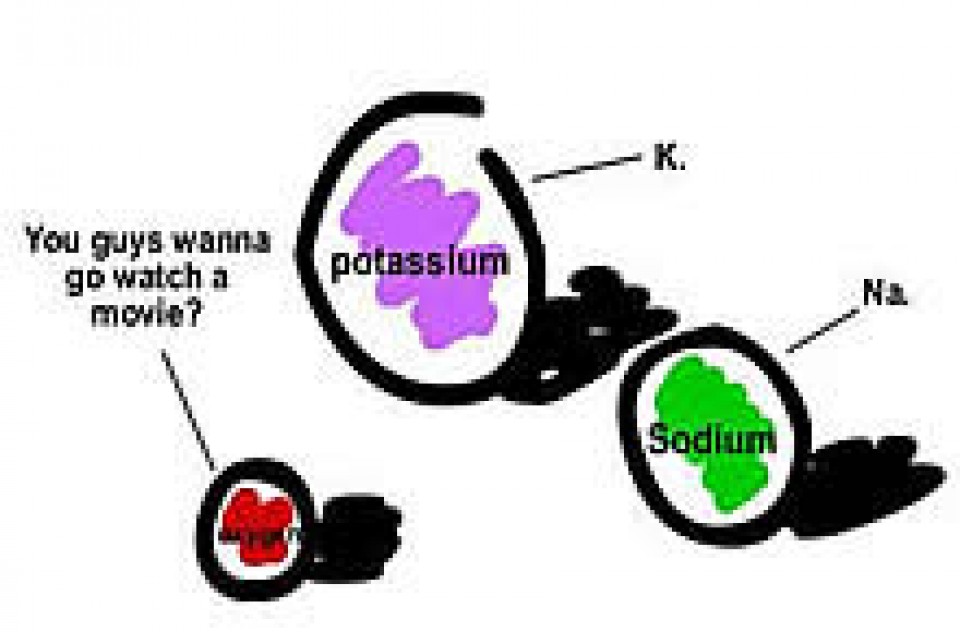The Scientific Method
The scientific method is a way of learning that emphasizes observation and experimentation to understand the world. This method came into common use during the 17th century. Prior to this time scientists still attempted to explain things, but they did so without backing up their explanations with experiments.
Ultimately, the scientific method follows the laws of logic first defined by the Greek philosopher Aristotle (384–322 BCE).
Steps of the Scientific Method
- Ask a question – What question are you trying to answer using the scientific method? Perhaps you want to know, “Why is the sky blue?”, “Why does it rain?”, ”How do birds fly?”, or “How do atoms stick together in molecules?”
- Construct a hypothesis – Put forth a tentative explanation, or hypothesis, that you think might answer the question above.
- Test with experiments – Design some experiments you can perform that will either prove or disprove your hypothesis.
- Analyze the results – Take the data from your experiments and analyze it, looking for patterns and to see whether it ultimately supports or disproves your hypothesis.
- Formulate a conclusion – If the results seem to not support your hypothesis, then go back to step 2 and revise your hypothesis. After you’ve modified it, then repeat steps 3-5, testing the new hypothesis. If the results do support your hypothesis, then continue testing it. If it stands up to repeated testing, then you should share your results with your peers and colleagues so that they can independently test it.
Key Terms
Hypothesis: A tentative explanation tested through experimentation.
Theory: Well-established hypothesis. An explanation of the general principles of certain phenomena with considerable evidence or facts to support it.
- A theory is basically a hypothesis with lots of evidence and studies to back it up, but ultimately, it is still just an explanation.
Law: Statement of natural phenomena to which no exceptions are known under the given conditions.
- Unlike a theory, a law is a statement not an explanation. For example, the Law of Gravity states what gravity does, it does not attempt to explain it. A common misconception is that theories can eventually become laws, but this is not true – one is an explanation, one is a statement.
“No amount of experimentation can ever prove me right; a single experiment can prove me wrong.” – Albert Einstein
Even a brilliant scientist like Einstein, with his highly regarded Theory of Relativity, is still subject to the scientific method. An experiment could be done today, tomorrow, or a year from now that shoots a hole in it and then it’d be back to the drawing board; revising the initial hypothesis and proving it all over again with new experiments.









